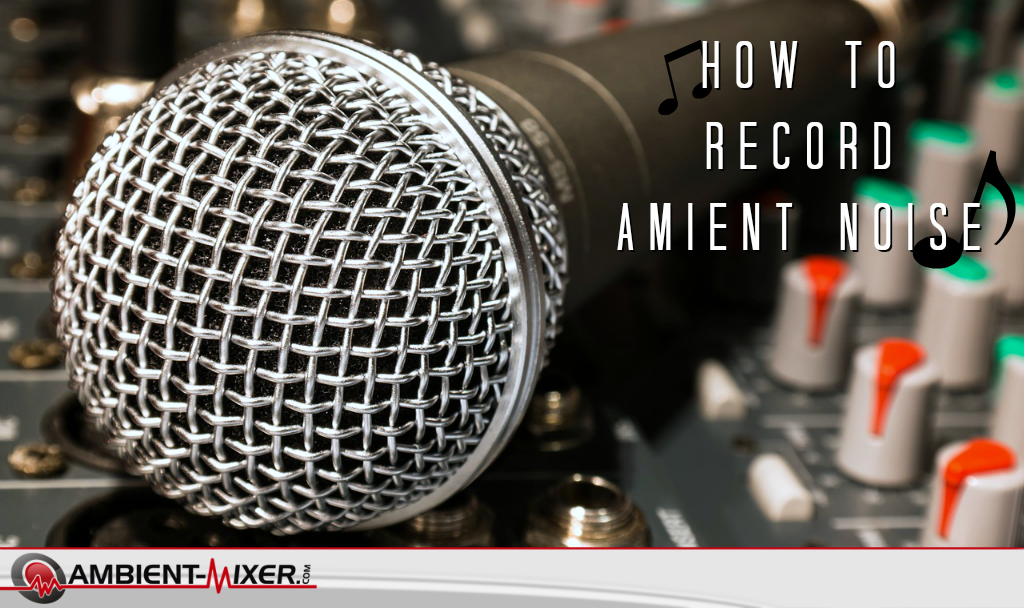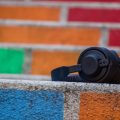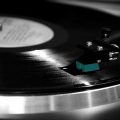
Creating great ambient mixes with the sound samples already given is one thing. But, sometimes, you just can’t find the right sample or effect for your own special mix. Of course, you can browse the resources here and here, but maybe this one sound is still not part of it.
If this is the case, there is only one thing you can do: Go out and record your own ambient noise!
Record Ambient Noise
Whether you are looking for the right sample or want to recreate an almost one-on-one atmosphere of a special place you visited or live in, creating your own sound samples will make sure that you have exactly the sound effect or ambient noise piece you wanted.
Ideally, for this you need:
- a microphone with windscreen
- a recording device
- headphones
Not everyone can afford getting such equipment though. Luckily, most if not all modern phones come with an in-build app that allows you to record speech. Unfortunately, the quality of the recording will not be as good as when you have professional equipment at hand, but depending on the phone and app used, the result is still usable.
How to record great and natural ambient sound when filming with a camera has also been the topic of one video in a series of tutorials for the “Vimeo Video School”. Check it out below:
Record Using Your Smartphone
We can not assume that anyone has access to professional sound recording equipment. But it’s justified that most people have access to a smartphone nowadays. And smartphones have, since they still function as phones, speakers as well as a microphone. They are, of course, needed when making a phone call, but can also be used to record voice messages and notes and other environmental sounds – like ambient noise.
Using your smartphone for ambient recordings has some advantages:
- You mostly carry it with you anyway
- Using it is “stealthier” than using professional equipment
- No extra costs for equipment
Unfortunately, those advantages all come at the expense of quality. A true audiophile will never be truly happy with the quality of a smartphone recording.
While a smartphone can, to a limited extend, be used to record ambient noise, it is way more suited for different purposes:
- Voice messages
- Notes
- Conference, talk or conversation recordings
- Interviews that are later transcribed
- Sharing audio recordings
For a comparison of recording quality between smartphones and a recording device check out this article from Wild Mountain Echoes.
Tips for Recording
- Record more than you think you’ll need. You can still sort out and cut later.
- Play around with your recording. You don’t have to use it exactly like you recorded it. Free programs like audacity allow you to change EQ settings.
- Change in between close-up and wide-range recordings to get a bigger variety of ambient noise.
- Record in the highest possible level that does not result in distortion. The levels can still be adjusted in post-production.




